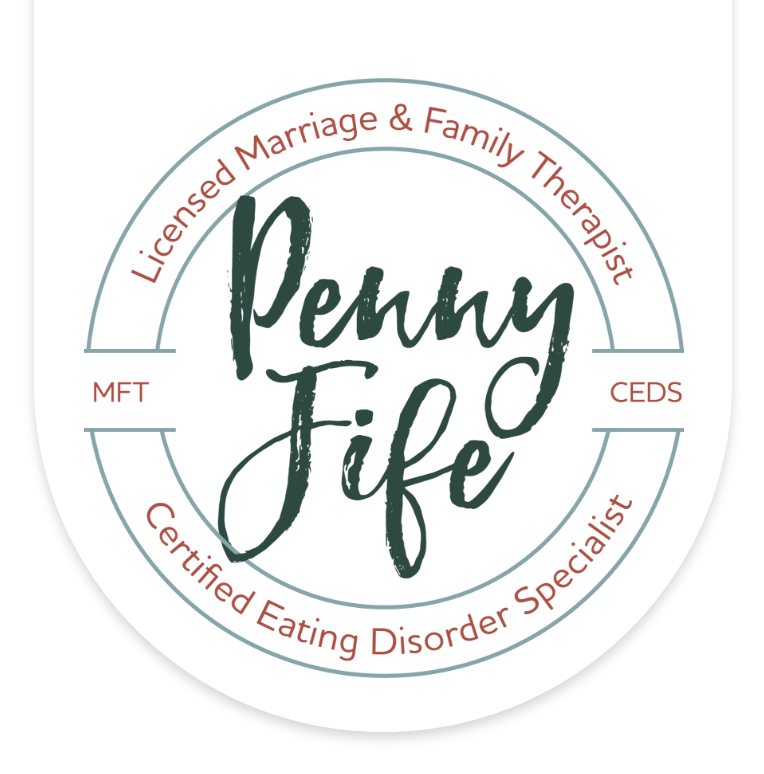Eating Disorders
Eating Disorders Therapy Services
Certified Eating Disorder Specialists in Las Vegas
If You’re Grappling with an Eating Disorder, You’re Not Alone
I understand the challenges you face in your journey towards wellness. My mission is to guide and support you through evidence-based practices tailored to your individual needs.
Experience
As one of the leading Certified Eating Disorder Specialists in Las Vegas, I offer a unique and comprehensive approach to treatment. With a focus on addressing both the behavioral and emotional aspects of eating disorders, I provide a blended therapeutic approach aimed at fostering sustainable recovery.
Understanding Eating Disorders
Eating disorders are complex mental health conditions characterized by severe disturbances in eating behaviors. These behaviors often serve as coping mechanisms for underlying emotional struggles, such as low self-esteem, depression, and difficulty coping with emotions.
Types of Eating Disorders
Anorexia Nervosa: Individuals with anorexia exhibit extreme restriction of food intake, often accompanied by an intense fear of gaining weight. Body image distortions are common, with affected individuals perceiving themselves as overweight even when underweight.
Bulimia Nervosa: Bulimia involves recurrent episodes of binge eating followed by compensatory behaviors such as self-induced vomiting, laxative abuse, or excessive exercise. Like anorexia, individuals with bulimia often have an obsessive preoccupation with body shape and weight.
Compulsive Overeating: Also known as binge eating disorder, compulsive overeating involves consuming large quantities of food in a short period, often as a means of coping with emotional distress. This behavior is frequently followed by feelings of guilt, shame, and depression.
Orthorexia: A person with orthorexia is fixated with the quality, rather than quantity, of their food to an excessive degree. Orthorexia can start with ‘healthy’ or ‘clean’ eating, then progress to the elimination of entire food groups such as dairy or grains, and then to the avoidance of foods such as those with artificial additives, foods treated with pesticides, or particular ingredients (e.g. fat, sugar or salt).
My Approach to Treatment
I recognize that each individual’s journey to recovery is unique. My holistic approach combines evidence-based therapies, nutritional counseling, and compassionate support to address the underlying factors contributing to the eating disorder.
Get Help Today
If you or a loved one is struggling with an eating disorder, know that help is available. Contact me today to schedule a confidential consultation and take the first step towards healing and reclaiming your life.
Client comments
Eating Disorders
Eating Disorders Therapy Services
Certified Eating Disorder Specialists in Las Vegas
If You’re Grappling with an Eating Disorder, You’re Not Alone
I understand the challenges you face in your journey towards wellness. My mission is to guide and support you through evidence-based practices tailored to your individual needs.
Experience
As one of the leading Certified Eating Disorder Specialists in Las Vegas, I offer a unique and comprehensive approach to treatment. With a focus on addressing both the behavioral and emotional aspects of eating disorders, I provide a blended therapeutic approach aimed at fostering sustainable recovery.
Understanding Eating Disorders
Eating disorders are complex mental health conditions characterized by severe disturbances in eating behaviors. These behaviors often serve as coping mechanisms for underlying emotional struggles, such as low self-esteem, depression, and difficulty coping with emotions.
Types of Eating Disorders
Anorexia Nervosa: Individuals with anorexia exhibit extreme restriction of food intake, often accompanied by an intense fear of gaining weight. Body image distortions are common, with affected individuals perceiving themselves as overweight even when underweight.
Bulimia Nervosa: Bulimia involves recurrent episodes of binge eating followed by compensatory behaviors such as self-induced vomiting, laxative abuse, or excessive exercise. Like anorexia, individuals with bulimia often have an obsessive preoccupation with body shape and weight.
Compulsive Overeating: Also known as binge eating disorder, compulsive overeating involves consuming large quantities of food in a short period, often as a means of coping with emotional distress. This behavior is frequently followed by feelings of guilt, shame, and depression.
Orthorexia: A person with orthorexia is fixated with the quality, rather than quantity, of their food to an excessive degree. Orthorexia can start with ‘healthy’ or ‘clean’ eating, then progress to the elimination of entire food groups such as dairy or grains, and then to the avoidance of foods such as those with artificial additives, foods treated with pesticides, or particular ingredients (e.g. fat, sugar or salt).
My Approach to Treatment
I recognize that each individual’s journey to recovery is unique. My holistic approach combines evidence-based therapies, nutritional counseling, and compassionate support to address the underlying factors contributing to the eating disorder.
Get Help Today
If you or a loved one is struggling with an eating disorder, know that help is available. Contact me today to schedule a confidential consultation and take the first step towards healing and reclaiming your life.
CLIENT


